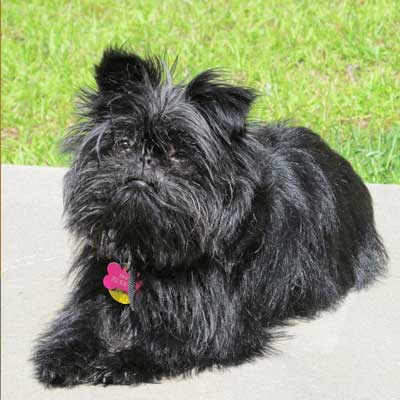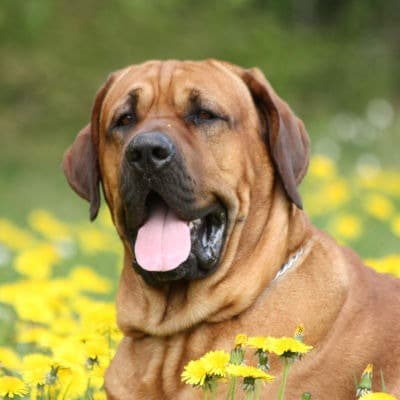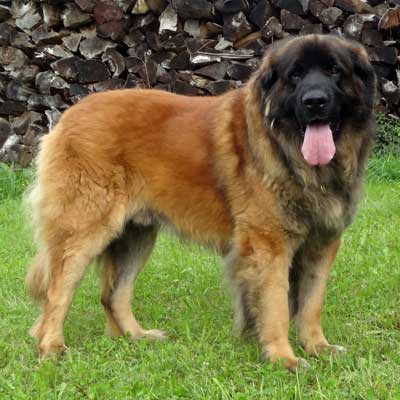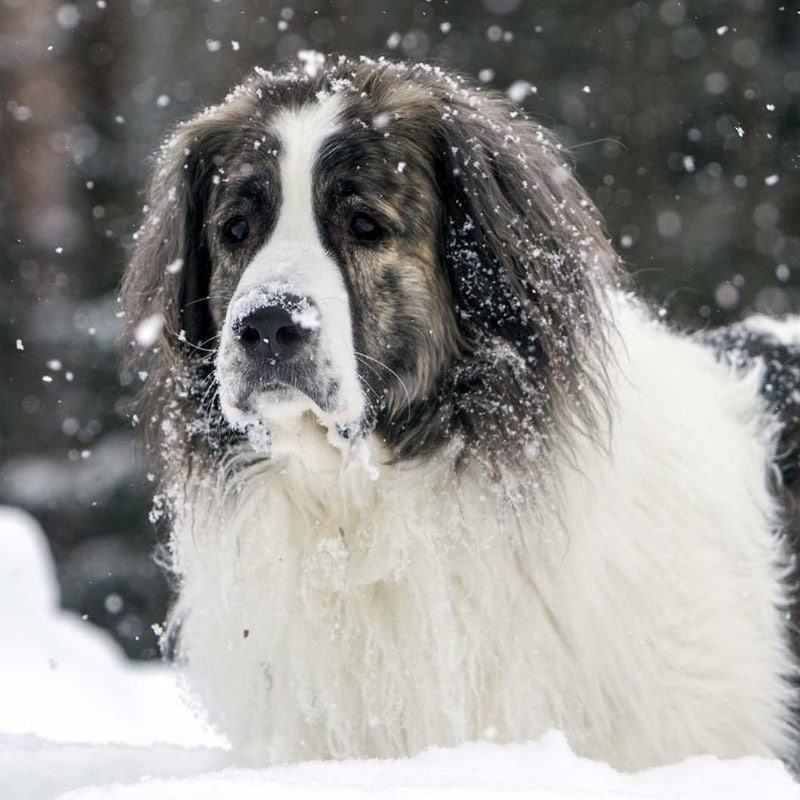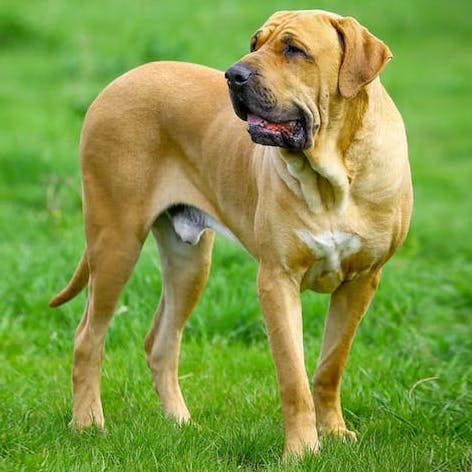Affenpinscher
Short, funny, and with a lot of character!
Originally used as a housedog in the region of Southern Germany.His ancestors were depicted by Albrecht Dürer (1471 – 1528) in his woodcuts. First entries of Affenpinscher go back to the year 1879.These Toy dogs were very popular around the turn of the century, they evolved from the rough coated Pinschers. The harsh ring of hair around the head emphasised the monkey-like expression.The colours ranged from self coloured yellowish, reddish, or grey-white to dark grey, blackgrey, and pure black.
-
Head - cranial region
Skull: Round rather than elongated, altogether not too heavy, high domed with pronounced forehead.
Stop: Clearly defined. -
Head - Facial region
Nose: Noseleather round, full, and black. Well opened nostrils.
Muzzle: Short and straight, not curved upwards. Bridge of nose straight
Lips Tight-fitting to the jaws. Lips are black.
Jaws/Teeth: Complete (42 teeth) set of pure white teeth. The lower jaw protrudes beyond the upper jaw and is slightly turned upwards.
The incisors in a healthy mouth are set as regularly as possible in a slightly rounded row. The canines and the incisors must not be visible when the mouth is closed, neither must the Affenpinscher show his tongue when the mouth is closed. The lack of two of the PM1, PM2 or PM3, or a combination of two of these teeth is tolerated.
Eyes: Dark, rather round and full. Black pigmented, close fitting eyelids, framed by a circle of harsh hair.
Ears: Set on high, carried evenly, turned forward. V-shaped, the inner edges lying close to the head. Prick ears should be small, evenly erect and carried as upright as possible. -
Neck
Straight, strong, rather short with strong set on. Throat skin
tight fitting without folds. -
Body
Strong, square and compact.
Topline: Slightly sloping in an almost straight line from the withers towards the rear
Withers: Forming the highest point of topline.
Back: Strong, short and taut.
Loin: Short and strong. The distance from last rib to hip is short to make the dog appear compact.
Croup: Short, slightly rounded, imperceptibly blending into the tail set on.
Chest: Only slightly flattened at sides, moderately broad, reaching to beyond the level of the elbows.
Underline and belly: Belly moderately tucked up. Underline and topline (from withers to tail set on) are more or less parallel. -
Tail
Natural; a sabre or sickle carriage is sought after. -
Forequarters
General appearance: Front legs sturdy, straight, parallel and not close together.
Shoulders: Well muscled. The shoulder blade is long, sloping (at an angle of appr. 45°) and flat.
Upper arm: Lying close to the body, strong and muscular.
Elbows: Correctly fitting, turning neither in nor out.
Forearm: Strongly developed. Straight when seen from any direction.
Carpal joint: Firm and strong.
Pastern: Vertical seen from the front, slightly sloping towards the ground when seen from the side. Strongly developed and muscled.
Forefeet: Short and round. Toes well-knit and arched (cat feet), pads resistant, nails short, strong and black. -
Hindquarters
General appearance: Seen from side, standing obliquely with
moderate angulation. Seen from rear, parallel.
Upper thigh: Strongly muscled, broad.
Stifle: Turning neither in nor out.
Lower thigh: Long and strong.
Hock: Moderately angulated.
Hind feet: Somewhat longer than forefeet. Toes well-knit and arched.
Nails short and black.
Metatarsus: Vertical to the ground. -
Gait / Movement
Relaxed, fluent, mincing with moderate drive from the hindquarters. Seen from the front and the rear, straight
forward and parallel. -
Skin
Close fitting over the whole body. -
Coat / Hair
The body coat should be harsh and dense. The head is typically adorned by bushy, bristly eyebrows and wreath-like hair surrounding the eyes, by an impressive beard, by the top knot and by the hair on the cheeks.
The coat on the head should be as hard, straggly and sticking out as possible. It contributes essentially to the monkey-like general expression. -
Coat - colour
Pure black with black undercoat. -
Size
Height at withers:
Dogs and bitches: 25 to 30 cm
Weight: Dogs and bitches: appr. 4 to 6 kg. -
Faults
Any departure from the foregoing points should be considered a fault and the seriousness with which the fault should be regarded should be in exact proportion to its degree and its effect upon the health and welfare of the dog.
Particularly:
• Clumsy, light, low or leggy build.
• Light eyes.
• Low set, very long or unevenly carried ears.
• Fly away ears.
• Too long, tucked up or soft back.
• Roach back.
• Croup falling away.
• Tail set inclined towards head.
• Hindquarters too angulated or open hocked.
• Long feet.
• Short, soft, wavy, shaggy, silky, white or spotted coat.
• Over- or undersize up to 1 cm. -
Serious faults
• Lack of sexual type (i.e. doggy bitch).
• Too fine bones.
• Muzzle Griffon-like upturned or long.
• Too markedly undershot or pincer bite.
• Protruding eyes.
• Elbows turning out.
• Hocks turning in.
• Over- or undersize by more than 1 cm but less than 2 cm. -
Disqualifying faults
• Aggressive or overly shy.
• Any dog clearly showing physical or behavioural abnormalities.
• Malformation of any kind.
• Lack of breed type.
• Severe faults in individual parts, such as faults in structure, coat and colour.
• Faults in mouth such as a scissor bite or wry mouth.
• Over- or undersize by more than 2 cm.
N.B.:
• Male animals should have two apparently normal testicles fully descended into the scrotum.
• Only functionally and clinically healthy dogs, with breed typical conformation should be used for breeding.

